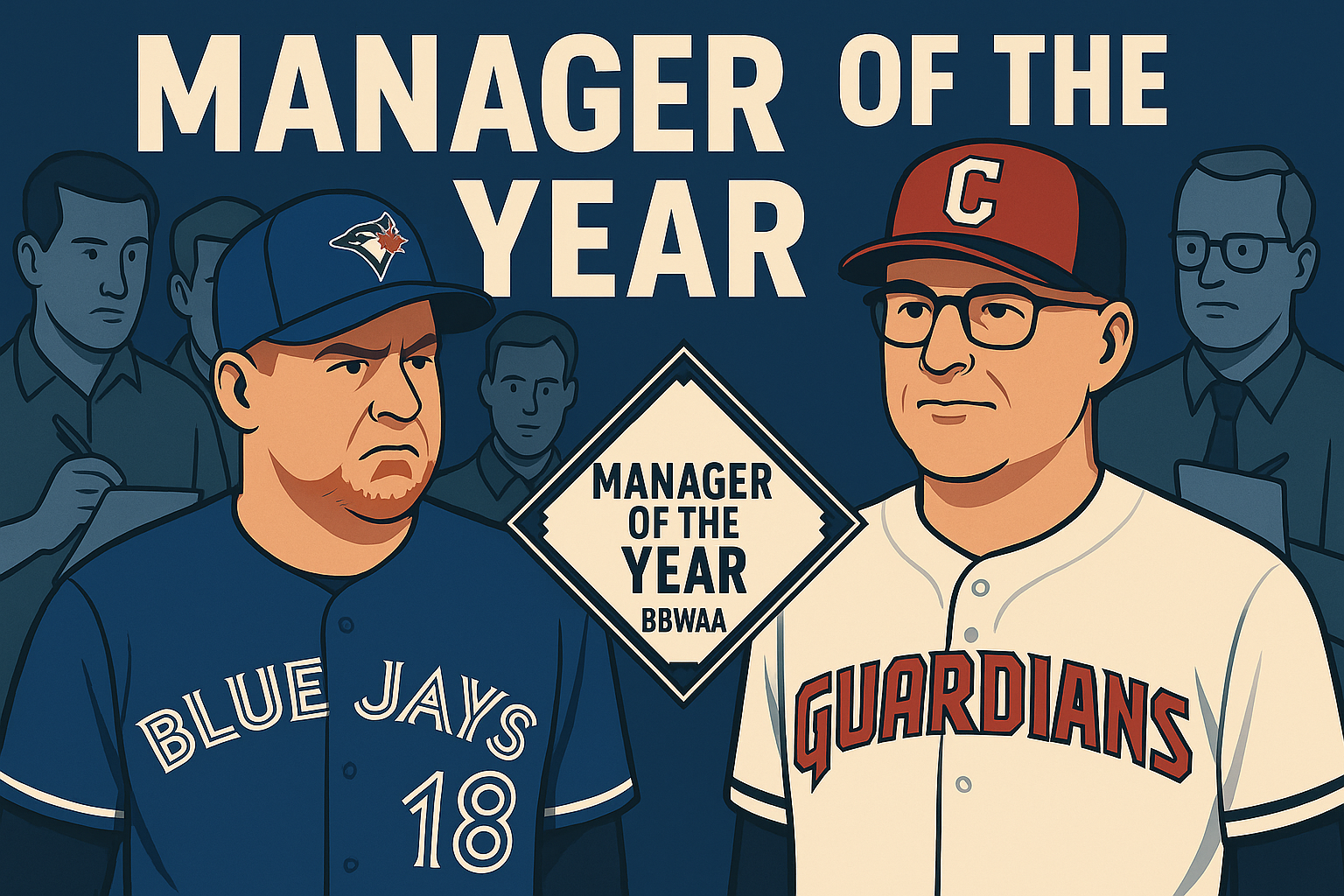The Rising Sun in Dodger Blue: How Ohtani, Yamamoto, and Sasaki Defined a Dynasty and Set the Stage for Japan’s Next Great Moment
In a postseason that felt more like a Hollywood script than a baseball tournament, the Los Angeles Dodgers’ trio of Japanese stars — Shohei Ohtani, Yoshinobu Yamamoto, and Roki Sasaki — didn’t just help the franchise reclaim its World Series crown; they reshaped how the baseball world views the influence of Japanese talent on the global stage.
Yamamoto: The Ace Who Willed a Championship
Every October hero needs a defining moment, and for Yoshinobu Yamamoto, this postseason became a masterclass in dominance and durability. The 25-year-old right-hander didn’t just meet expectations in his first MLB postseason — he shattered them.
Named World Series MVP, Yamamoto’s performances were the stuff of legend. He won Games 2, 6, and 7, making him the first pitcher in history to record three road victories in a single World Series. His complete game win in Game 2 not only evened the series but set the tone for the Dodgers’ eventual triumph. Then, with the season on the line in Game 7, on zero days’ rest, Yamamoto emerged from the bullpen to deliver a series-clinching save in the 11th inning, etching his name alongside postseason immortals.
It wasn’t just dominance — it was endurance, adaptability, and heart. As one Dodgers coach reportedly said, “He’s the calm in chaos. You could feel the stadium’s heartbeat match his.”
Ohtani: The Two-Way Titan Who Redefined October Greatness
If Yamamoto was the Dodgers’ anchor, Shohei Ohtani was their explosion — the unstoppable force who made every at-bat feel like a seismic event.
Ohtani’s postseason was one of the most complete in modern memory. Despite a brief mid-series slump, his 1.278 OPS in the World Series spoke volumes about his consistency and power. He was the Dodgers’ most productive hitter from start to finish, blending thunderous swings with plate discipline that left pitchers guessing.
But it wasn’t just the offense. Ohtani reminded everyone why he’s one of one — making clutch relief appearances in high-pressure moments and proving, once again, that he’s baseball’s most unique and transcendent player.
His NLCS performance might go down as the stuff of legend. In one of the most dominant postseason games ever recorded, Ohtani hit three home runs and struck out 10 batters — a statistical anomaly that only he could produce.
Even in the postseason’s toughest stretches, Ohtani’s presence alone reshaped the way opposing teams pitched, managed, and approached every inning. As one opposing scout put it, “You don’t game-plan for Ohtani — you survive him.”
Sasaki: The Silent Samurai Who Steadied the Storm
While Ohtani and Yamamoto grabbed headlines, Roki Sasaki was the quiet constant — the unsung hero whose calm efficiency anchored the Dodgers’ pitching staff in pivotal moments.
In just his first postseason campaign, Sasaki showcased why he’s considered Japan’s next great ace. Across 10.2 postseason innings, he posted a 3.70 FIP, but that number only scratches the surface of his impact. He kept games close, bridged crucial middle innings, and gave the Dodgers’ bullpen the rest it needed to stay sharp late in the series.
According to Yahoo Sports, Sasaki’s overall postseason numbers — allowing just one earned run on two hits with six strikeouts and two walks in seven innings — tell the story of a young pitcher who didn’t just belong on the biggest stage; he commanded it.
One Dodgers insider reportedly said, “He’s the future — you can already see it. He pitches like he’s been here for ten years.”
A Shared Legacy — and a Future Reunion
The brilliance of Yamamoto, Ohtani, and Sasaki in Dodger blue wasn’t just a triumph for Los Angeles — it was a defining chapter for Japanese baseball. Each of them, in their own way, carried the spirit of their homeland onto a global stage, representing a baseball culture built on precision, preparation, and pride.
Their combined dominance also sparked a tantalizing thought among fans and analysts alike: could these three reunite under the same banner again, not as Dodgers, but as Team Japan in the 2026 World Baseball Classic?
The idea is as thrilling as it is plausible. Ohtani, already the face of Japan’s 2023 WBC victory, could once again lead the lineup, this time alongside Yamamoto and Sasaki — two of the most electric arms in the sport. The trio’s chemistry, forged in the fires of an MLB championship run, could make Japan an overwhelming favorite to defend their title.
Imagine Yamamoto starting a semifinal game, Sasaki following in relief with 100 mph fastballs, and Ohtani closing it out — both on the mound and at the plate. For Japanese baseball fans, it would be more than a dream; it would be destiny realized.
From Tokyo to Los Angeles — and Back Again
The Dodgers’ World Series win will be remembered for many reasons — the star power, the resilience, the dramatic finishes — but above all, it will be remembered as the year when Japan’s finest players took over October.
Yamamoto’s precision, Ohtani’s ferocity, and Sasaki’s calm formed a perfect trinity of baseball excellence. Together, they didn’t just win a championship; they elevated the game itself, proving that the bridge between Nippon Professional Baseball and MLB has never been stronger.
As March 2026 approaches and whispers of their reunion grow louder, one truth remains undeniable: the world is witnessing a golden age of Japanese baseball. And at its center stand three men in Dodger blue — Yamamoto, Ohtani, and Sasaki — warriors of the rising sun, champions of the world, and possibly, future kings of the next great global stage.



